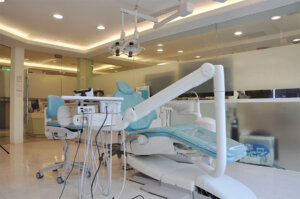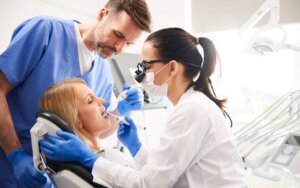A Comprehensive Guide to Autoclaving: What You Can and Cannot Autoclave
Autoclaving is a vital sterilization method used across diverse industries such as laboratories, breweries, dental offices, tattoo parlors, and more. While highly effective for many materials, autoclaves have limitations that must be understood to ensure safe and efficient sterilization processes.
Understanding Autoclaving Basics
Autoclaving utilizes high pressure, heat, and steam to eliminate microorganisms from equipment and materials. This method is suitable for a wide range of items but not all. Let’s delve into what you can and cannot autoclave and why, focusing specifically on gravity autoclave cycles.
Can You Autoclave It?
Before proceeding, it’s essential to note that while this guide covers a broad spectrum of materials, it may not encompass every item. Always consult with the manufacturer to verify autoclave compatibility.
Can You Autoclave Glycerol?
Yes, autoclaving glycerol is feasible. Autoclaves effectively sterilize glycerol without significantly altering its chemical properties, making it suitable for various biological and chemical applications. However, autoclaving a 50% solution is typically more practical than pure glycerol due to viscosity concerns.
Can You Autoclave Glucose?
No, autoclaving glucose is not recommended. Glucose is sensitive to heat and tends to degrade under autoclave conditions, leading to the formation of glucose degradation products (GDPs), which can be harmful.
Can You Autoclave Plastic?
Yes, certain types of plastics can be autoclaved, including PFA, polypropylene (PP), and silicone. However, not all plastics are suitable due to their melting or weakening properties under autoclave conditions. Always verify the specific plastic type before autoclaving.
Can You Autoclave Materials Containing Bleach?
No, autoclaving bleach or any volatile, corrosive, or flammable substances is unsafe. Prior to autoclaving, neutralize bleach thoroughly with sodium thiosulfate to prevent hazardous reactions.
Can You Autoclave Metals?
Stainless steel, such as 304 and 316 variants, can generally withstand autoclaving. Ensure metals are passivated to prevent surface corrosion. Other metals may require specific treatments or coatings for autoclave compatibility.
Can You Autoclave Fabric?
Natural fibers like cotton can be autoclaved without issues, while synthetic fabrics (e.g., polyester, nylon) typically melt under autoclave conditions and are best disposed of in biohazard bags after autoclaving.
Can You Autoclave Paper?
No, paper is unsuitable for autoclaving due to water damage and low combustion point. Dispose of paper in biohazardous waste bags instead.
Can You Autoclave Pipette Tips?
Autoclaving pipette tips depends on their material composition. While standard plastic tips can be autoclaved for disposal preparation, denser materials like polypropylene can withstand multiple autoclave cycles.
Items Unsafe for Autoclaving
Certain items should never be autoclaved due to safety risks, including radioactive materials, sealed liquids, carcinogens, acids, organic solvents, and unneutralized bleach.
Conclusion
Understanding what can and cannot be autoclaved is crucial for maintaining a safe and effective sterilization environment. Always adhere to manufacturer guidelines and equipment limitations to ensure optimal sterilization outcomes. ESCO provides reliable autoclaves suitable for various industries—contact us today to explore our range of products.







